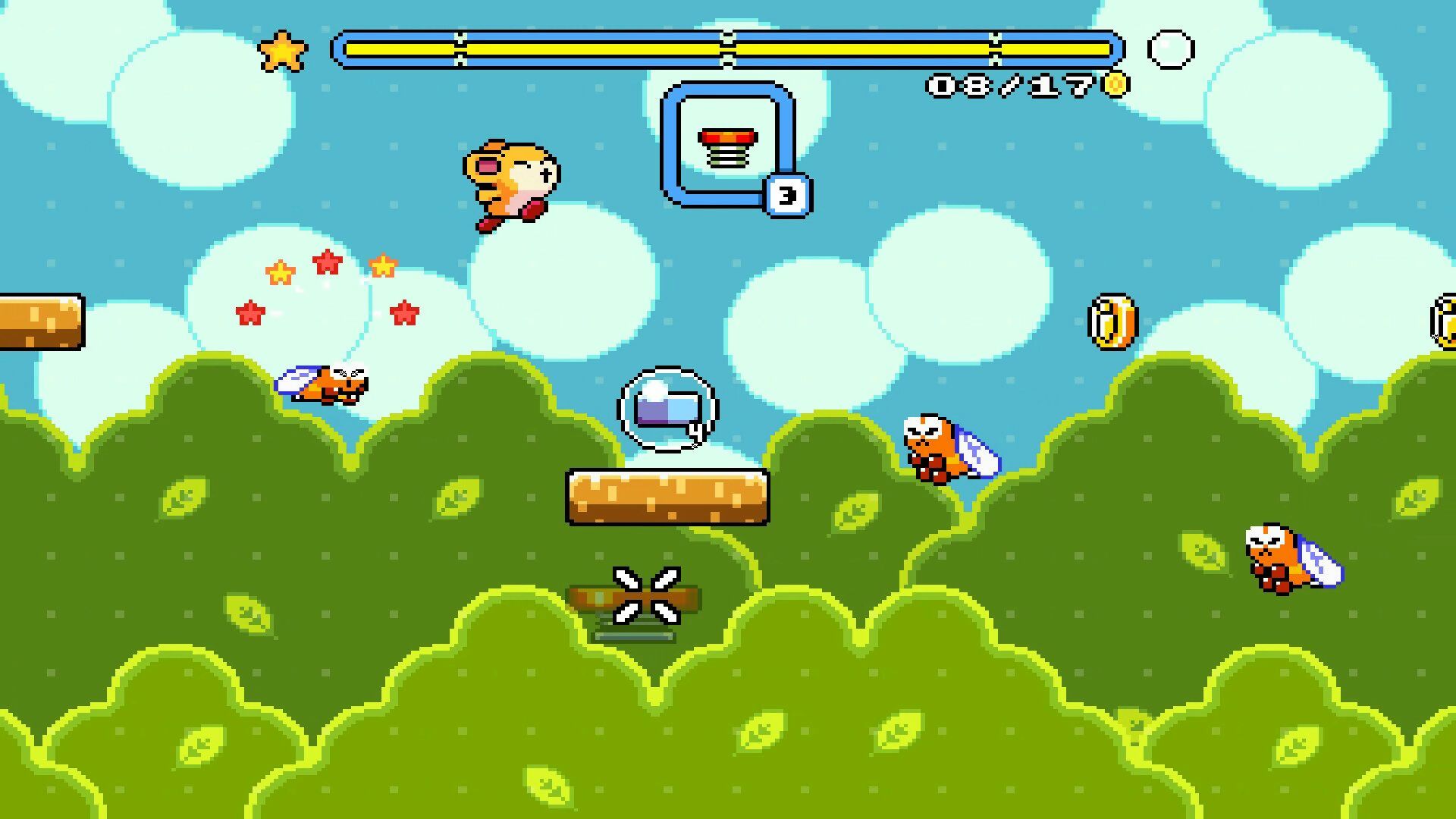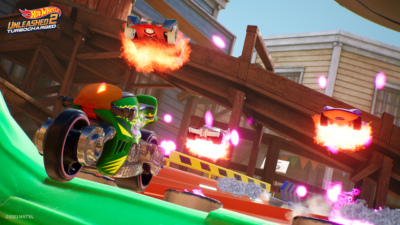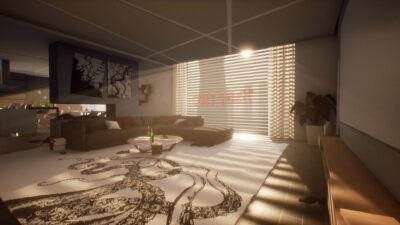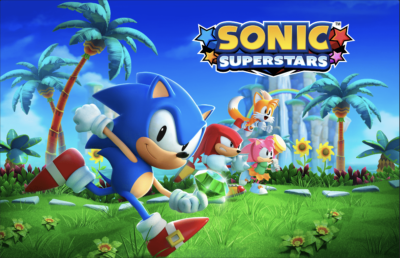
If the screenshots published here make you think of the Super Nintendo era – a time that brought us such 16-bit gems as Super Mario World and A Link to the Past – that’s because Massachusetts-based developer Willem Rosenthal has consciously modelled Pompom on that system and its games. “My goal was to have it fit perfectly as an early SNES game,” Rosenthal says of his 2D platformer. “I took a lot of visual inspiration from the SNES games from 1990 to 1993, with Super Mario World by far being the biggest visual inspiration. I wanted it to feel like a game made by the same art director.”
Rosenthal’s affection for the SNES era goes beyond its visuals, too. Long before complex 3D worlds and detailed character models forced studios to expand both their design staff and their budgets, making games was much closer to that of a modern indie developer. “That era is special to me because, back then, games were still made by small teams and driven entirely by individual ideas and creativity rather than established game design philosophies,” says Rosenthal. “To me, the idea of a modern design rule set, like the concept of the ‘game loop’, only serves to create samey games. In my eyes, those sorts of concepts were thought up really to create serotonin feedback loops to keep players playing for longer, not to actually create fun or unique experiences.”
Rosenthal takes a somewhat traditional approach to game design, then, but that doesn’t mean he doesn’t use distinctly modern tools for his work. “Pompom’s made in Unity; a lot of folks are surprised by that, I think because of the retro-2D design,” he says. “It’s definitely true that in some ways you have to fight against Unity’s 3D nature to get a retro-styled game, but it’s honestly been a great engine to work in. All the sprite work is done in Photoshop, just drawing pixel by pixel. I think there’s probably better tools out there, but due to my background in illustration, Photoshop is just what I’m most comfortable using!”

Fans of Super Mario World will likely recognise these insistent nods to that game’s Ghost House stages.
Pompom began life four years ago as a game jam project called Walkie Tori. Tasked with taking an existing game genre and then “removing a major mechanic” associated with it, Rosenthal came up with an action-platformer where the player has no direct control over the central character: instead, they have to drop objects like blocks and springs in the hapless critter’s path so that they don’t fall into deadly pits. It’s a concept that recalls such nineties titles as Lemmings or Mario & Wario, but Rosenthal points out a marked difference in his own game. “To me, those are really puzzle games with some action elements, whereas my goal was to make a game with as much action as a typical Mario adventure that just happened to not allow you to control the character.”
After Rosenthal finished Walkie Tori, he then moved on to making another retro-inspired title, Go Go Kudamono (see box below). When that game’s sheer scale began to take its toll, Rosenthal decided to start a smaller project as a palette cleanser – which is where Pompom, about a hamster traversing a series of increasingly dangerous levels, came in. “When Covid began, I’d already been working on Go Go Kudamono for two or three years, so I decided to take a break to develop Walkie Tori into a full game,” Rosenthal explains. “All of my experience from art and coding on Go Go Kudamono carried over, but the idea was to make something that was sort of the opposite of Go Go Kudamono. Pompom is an intentionally lo-fi experience that still retains the complexity and size of a full-sized game, yet fits within the strict limitations of something that could exist on the SNES.”

“My goal was to bring something new to every level, so I always began with a new concept, enemy, or gimmick,” Rosenthal says of Pompom’s stage design.
Not that Pompom is lacking in ambition itself: there are some 60 stages in total, and Rosenthal has evidently put a lot of time and effort into those sumptuous SNES-like stages. “Every level has something unique; some levels have entirely unique art, enemies, and mechanics that are never seen again in the game. This sort of variety is really fun to create, but also demands constant creative energy and is time-consuming to produce. Most games recycle their content again and again, so always staying fresh and creating new ideas for every level was definitely a challenge.”
Available on Steam now, Pompom’s already garnering positive reviews from players; and behind the scenes, Rosenthal is working away at ports to other systems. “I’m working on the Switch version now,” he tells us. “After that, who knows? Where else it goes will depend on how the game performs on Switch.”
Lime Wire

A fruity king embarks on a bruising quest in Go Go Kudamono.
If you’re looking for a further showcase for Rosenthal and his prowess as a pixel artist, check out the stunning trailer for Go Go Kudamono. About a regal lime (yes, the actual fruit) on a quest to save his kingdom from insect military rule, it’s a Technicolor brawler-RPG hybrid with some captivating animation and character designs. “I was shooting for a very high-fidelity action-adventure,” Rosenthal explains. “It was a very ambitious and complex project with many mechanics and detailed animations and visuals.”
Go Go Kudamono was put on hold while Rosenthal worked on Pompom, but fear not: the game’s still set to emerge, just not for a while. Says Rosenthal: “I hope to get back to it once Pompom’s Switch version is complete. It’s a massive game, so I think there’s still at least one year of development left for it. I really wanted to create an experience that has the depth of a Final Fantasy game but with action-arcade combat, so obviously that’s a lot for a one-man team. All I can say now is that it’s come along really well, and I think the final product is going to really excite people.”





